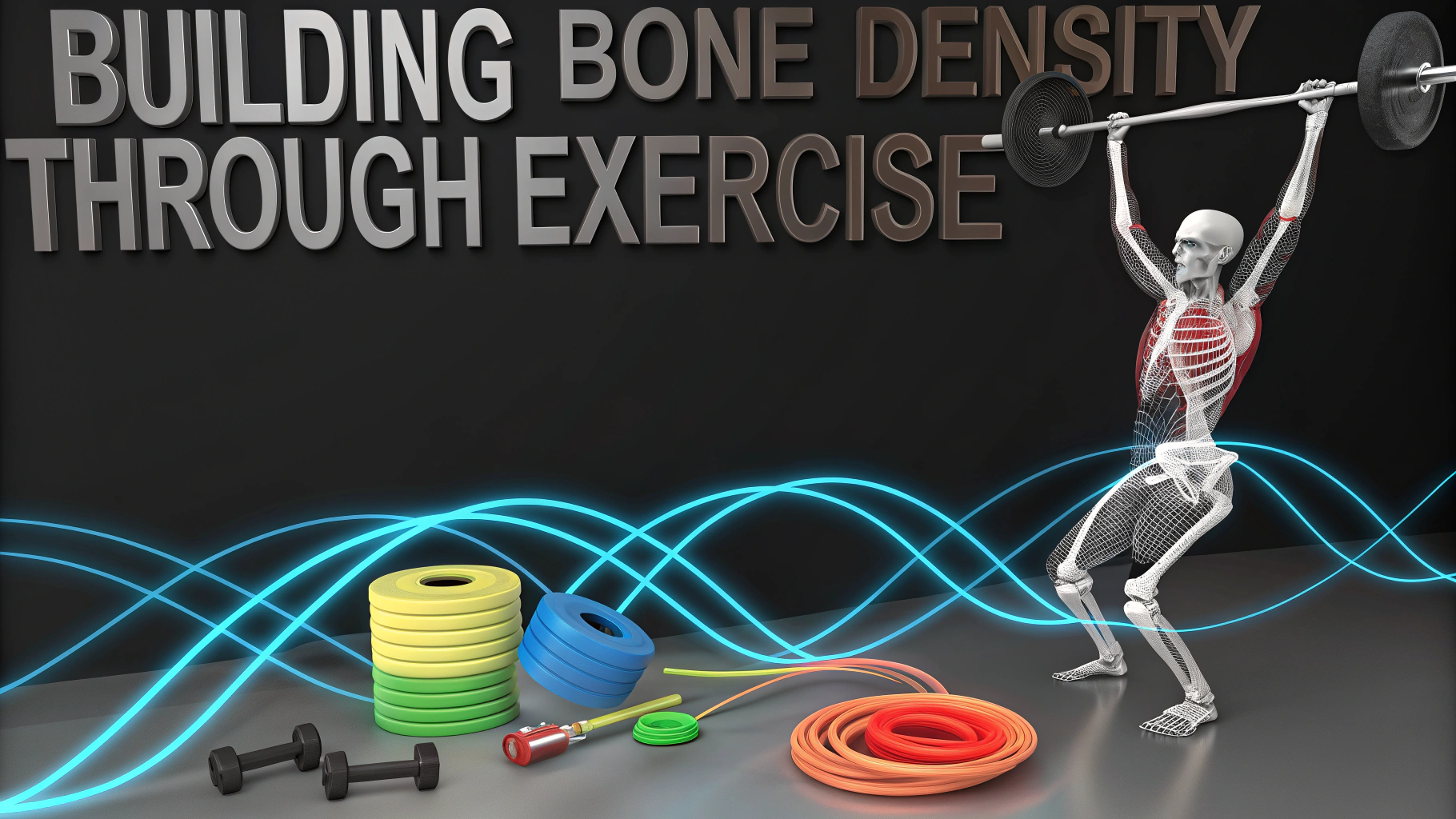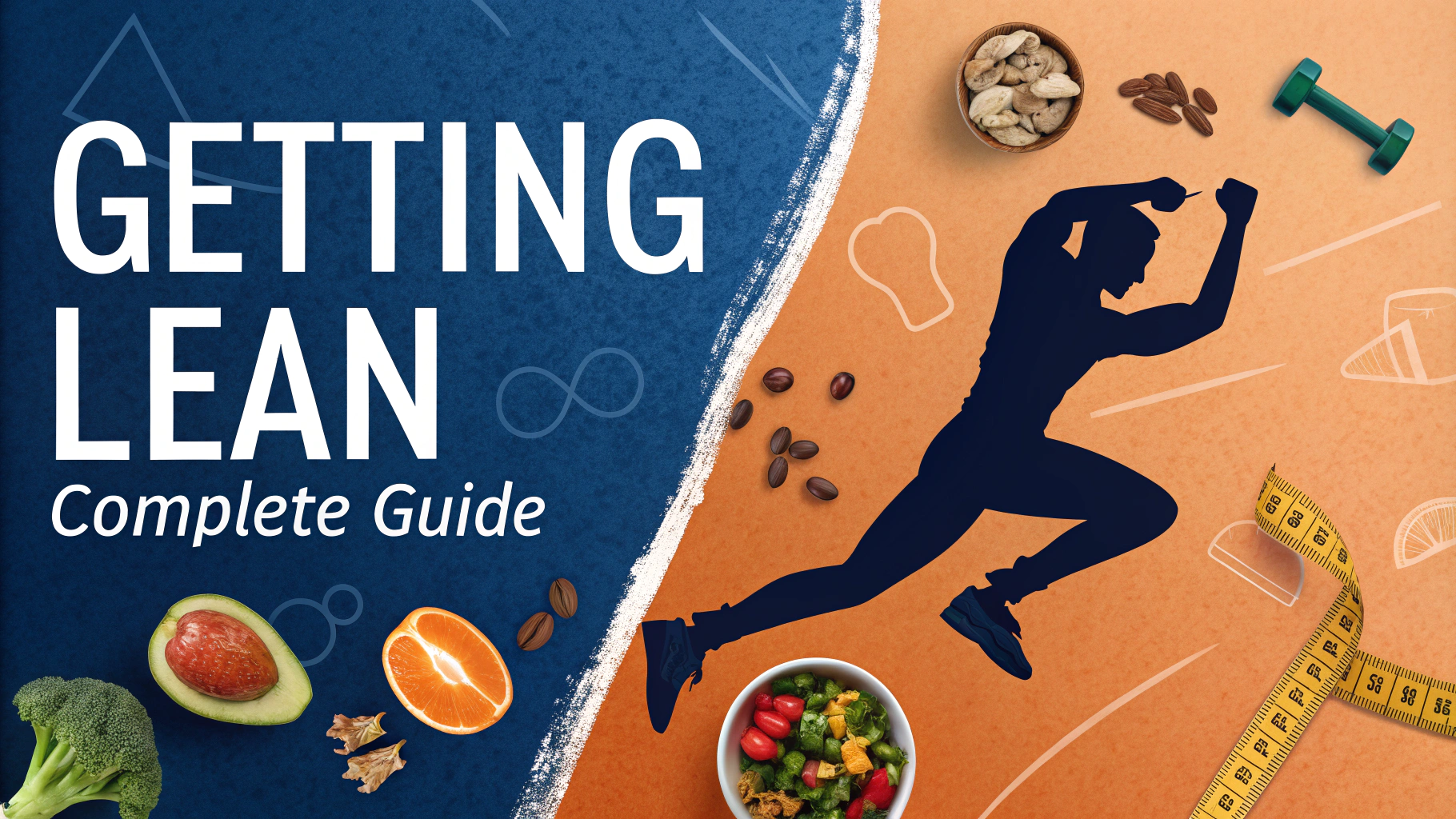Proper recovery between workouts directly impacts your fitness progress and helps prevent injuries.
Sleep: Your Primary Recovery Tool
Getting 7-9 hours of quality sleep helps muscle repair and hormone regulation.
Nutrition for Recovery
- Protein: 1.6-2.2g per kg of body weight daily
- Complex carbs: Sweet potatoes, brown rice, quinoa
- Healthy fats: Avocados, nuts, olive oil
- Water: Minimum 3-4 liters daily for active individuals
Active Recovery Methods
Light activities between intense workouts maintain blood flow while allowing muscles to heal.
| Activity | Duration | Intensity Level |
|---|---|---|
| Walking | 20-30 mins | Low |
| Swimming | 15-20 mins | Low-Medium |
| Light Yoga | 20-30 mins | Low |
Recovery Tools and Techniques
- Foam Rolling: 10-15 minutes daily on major muscle groups
- Compression Gear: Wear during and after workouts
- Cold/Hot Therapy: 10-15 minute contrast showers or ice baths
Recommended Recovery Times
- Strength Training: 48-72 hours between same muscle groups
- High-Intensity Cardio: 24-48 hours
- Light Cardio: 24 hours
Signs You Need More Recovery
- Persistent muscle soreness
- Decreased performance
- Poor sleep quality
- Unusual fatigue
- Mood changes
Supplementation Support
These supplements may aid recovery when combined with proper nutrition:
- Whey Protein: 20-30g post-workout
- BCAAs: 5-10g during workouts
- Magnesium: 300-400mg daily
- Fish Oil: 1-2g daily
Recovery Schedule Example
Monday: Upper Body Tuesday: Active Recovery (walking) Wednesday: Lower Body Thursday: Active Recovery (swimming) Friday: Full Body Saturday/Sunday: Rest or Light Activity
Track your recovery progress using apps like Fitbod or Strava.
For personalized recovery advice, consult a certified fitness professional or sports medicine specialist.
Rest Day Activities
Rest days shouldn’t mean complete inactivity. Focus on low-impact activities that promote recovery while maintaining mobility.
- Gentle stretching routines
- Meditation and mindfulness
- Light gardening
- Casual bike rides
- Mobility work
Mental Recovery
Mental recovery is equally important as physical recovery for overall performance.
- Practice stress management techniques
- Maintain a workout journal
- Set realistic recovery goals
- Practice visualization
Environmental Factors
Temperature Control
- Keep bedroom temperature between 60-67°F (15-19°C)
- Use cooling techniques during summer training
- Maintain proper workout space ventilation
Recovery Space Setup
- Dedicated stretching area
- Recovery tools station
- Good lighting
- Clean, organized environment
Conclusion
Effective recovery is a crucial component of any successful fitness program. Balance training intensity with adequate rest, proper nutrition, and recovery techniques. Listen to your body’s signals and adjust your recovery protocol accordingly. Remember that recovery needs vary by individual, training intensity, and goals.
Regular assessment and adjustment of your recovery strategy will help optimize your fitness results while minimizing injury risk. Consider working with fitness professionals to develop a personalized recovery plan that aligns with your specific needs and objectives.
FAQs
- How long should I rest between strength training workouts for the same muscle groups?
Allow 48-72 hours between training the same muscle groups for optimal recovery. Intense resistance training creates microscopic muscle damage that requires adequate time to repair and strengthen. - What role does sleep play in workout recovery?
Sleep is crucial for recovery as it triggers the release of growth hormone and promotes muscle repair. Aim for 7-9 hours of quality sleep per night, as sleep deprivation can impair muscle recovery and athletic performance. - Should I eat protein immediately after my workout?
Yes, consuming 20-30 grams of protein within 30 minutes after exercise helps initiate muscle repair and recovery. This “anabolic window” is when muscles are most receptive to nutrient uptake. - Is active recovery better than complete rest?
Light activity like walking, swimming, or gentle yoga can enhance recovery by promoting blood flow and reducing muscle soreness compared to complete inactivity. However, the intensity should be kept low, at about 30-60% of your maximum effort. - How much water should I drink for optimal recovery?
Drink 16-24 ounces of water for every pound lost during exercise. Monitor urine color (pale yellow indicates good hydration) and consume water throughout the day, not just during and after workouts. - What are the signs of inadequate recovery?
Persistent muscle soreness, decreased performance, mood changes, disrupted sleep, elevated resting heart rate, and increased injury risk are all signs that you need more recovery time. - Should I use compression garments for recovery?
Compression garments can help reduce muscle soreness and fatigue by improving blood circulation and reducing swelling. Wear them during or after intense exercise for 2-4 hours. - How important is post-workout nutrition timing?
Consume a combination of protein and carbohydrates within 2 hours after exercise. This replenishes glycogen stores and provides amino acids for muscle repair, though the specific timing is less critical than overall daily nutrition. - Can massage help with workout recovery?
Yes, massage can enhance recovery by increasing blood flow, reducing muscle tension, and decreasing inflammation. Self-massage tools like foam rollers and massage balls are effective alternatives to professional massage. - What supplements aid in workout recovery?
Scientifically-supported supplements include whey protein (20-30g), BCAAs (5-10g), creatine monohydrate (5g daily), and tart cherry juice for its anti-inflammatory properties. However, supplements should complement, not replace, proper nutrition.








